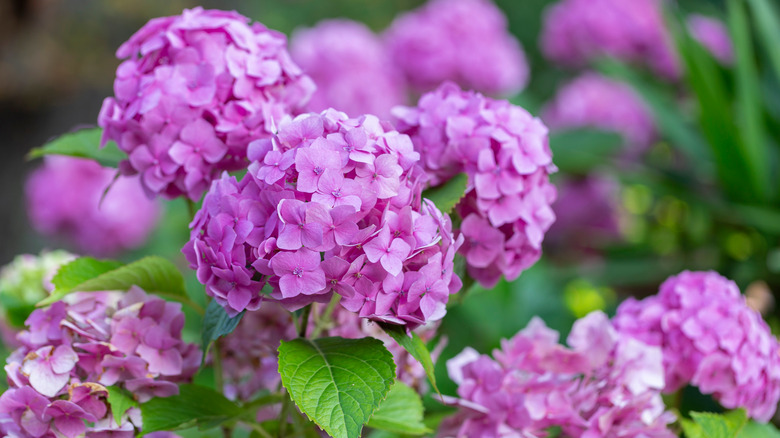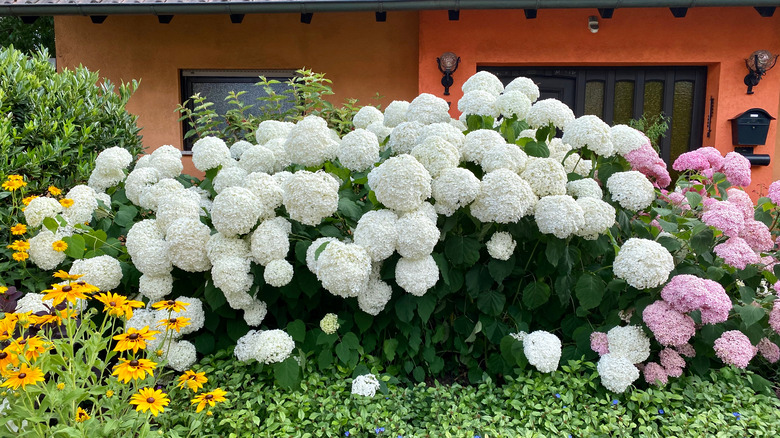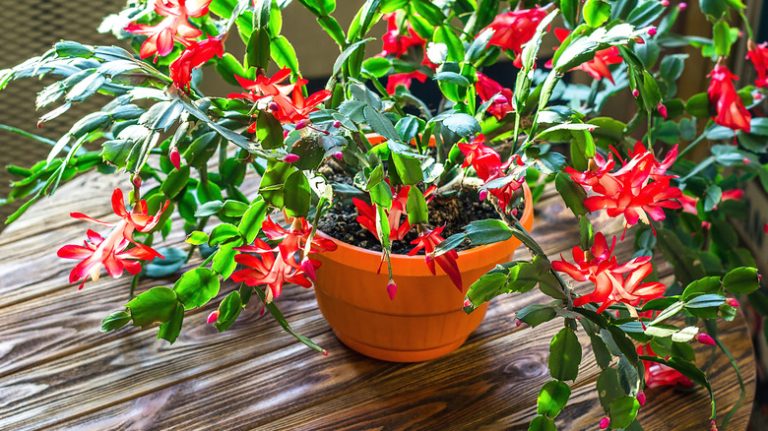Garden Trees, Shrubs & Vines
Lauren Schott
The large, pillowy flowers on hydrangea plants are unparalleled anywhere else in the natural world, making them a popular choice for gardens. Hydrangea’s cloud-like flower head comes in various colors, from white to pink to green to varying shades of purple and blue. This cements them as one of the most aesthetically diverse flowering plants, and as expected, their long-lasting blooms are popular in cut flower arrangements. You will find hydrangeas in bold, bright hues as well as muted pastels.
The hydrangea’s relative ease of growing in most climates and weather patterns makes them a staple in flower beds of both novice and expert gardeners. In addition to their short list of growing needs, American Scientist says that their beautiful blooms are long-lasting, so you will reap the benefits of these plants long after planting. And while it isn’t difficult to grow and care for hydrangeas, planting them at the right time of the year will give them the best chance at success and allow them to grow to their full potential. Knowing when and how to plant your hydrangeas can help you reap the benefits of this perennial staple year after year.
Plant in the shoulder seasons

Ihor Hvozdetskyi/Shutterstock
According to Northern Nester, early fall is the best time of the year to plant hydrangeas, as this will allow the plant plenty of time to settle into the ground and establish a root system before the first frost of winter arrives. And while protecting your hydrangeas from ice is the most important thing to consider when determining when to plant, sowing them early spring is the next best option if you can’t get them into the ground during the fall. The cool spring temperatures protect your plants from the hot summer sun while allowing them to avoid the worst of the year’s frost.
Planting your hydrangeas early in the morning or late afternoon during either of the shoulder seasons tends to be the best option, as this is when temperatures are still cool enough to prevent the plant from too much exposure to heat or direct sunlight.
How to plant hydrangea

nnattalli/Shutterstock
When planting season rolls around in early fall or spring, you should first inspect, trim, and gently shake out the root system of your hydrangea. This is particularly critical if the plant has been sitting in a container for a while, which The Old Farmer’s Almanac says is a recipe for the plant becoming root bound. The hole you dig in the soil should be as deep as your plant’s root system and two to three times as wide, as this will give the root system space to take off. After putting your plant into the hole, the site suggests filling it up halfway with soil before generously watering it and waiting for the water to absorb naturally. Once all the water is absorbed, you can fill the remaining space with soil and thoroughly wet the entire area.
According to Miracle-Gro, once your plant is in the ground and established, you likely won’t need to physically water it on your own unless you live in an area prone to drought, as rainwater tends to be enough hydration for these tolerant plants. If it’s been a while since the last rainfall, you should check the soil once a week to ensure your hydrangea plant isn’t drying up, as they tend to thrive in consistently wet soil. If the top inch of soil around your plant is completely dry, the best option is to go in and water it yourself instead of waiting for rain.



